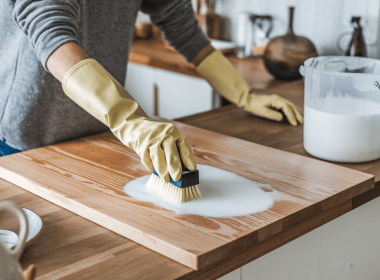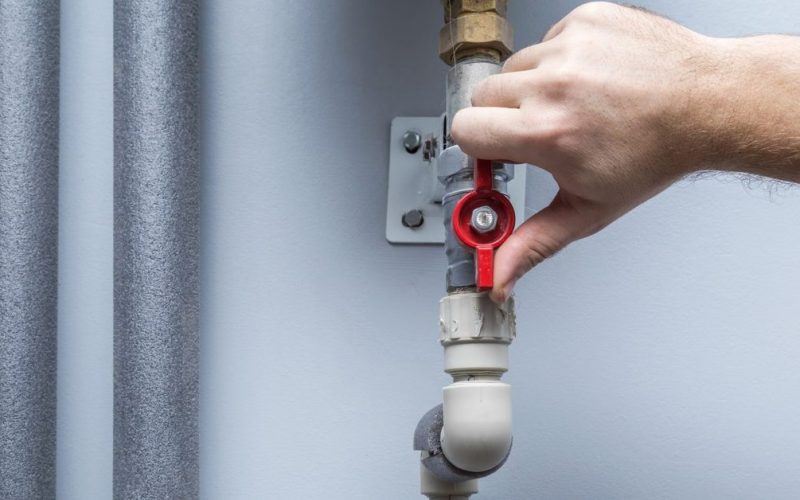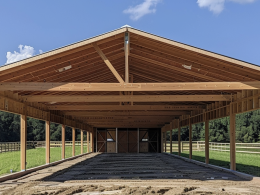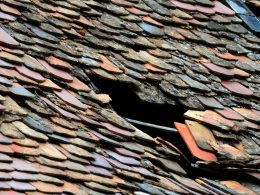In the plumbing world, there are several elements that make your house or commercial property’s water system operate efficiently.
An example of such is an in-line water shut off valve which is one of the most important parts of plumbing structure although it may not seem so glamorous.
The article will provide a detailed understanding of in line water shut off valves, their functions, types and why they are crucial for residential and commercial properties.
What is an In Line Water Shut Off Valve?
The in-line water shut off valve refers to a device that can be installed directly into a pipe through which you can control the direction of water flow. Such valves can be found all over buildings and they are very useful when it comes to isolating certain areas within your plumbing system.
For this reason, these valves are so important especially during maintenance, emergency or repair situations where water needs to be turned off quickly.
Importance of In Line Water Shut Off Valves:
Emergency Response: Detecting leaks or burst pipes should prompt immediate action to shut off water supplies as this will help prevent more damages resulting from floods and even cut down on repair costs related to such incidents. This makes having easy access to inline shutoff valve essential in such cases
Convenience: The possibility of turning off water at specific areas without necessarily affecting all other parts in a whole building is another advantage when fixtures like faucets or water heaters require periodical maintenance or replacement.
Water Conservation: Additionally, closing those valves helps individuals minimize wastage where there are no users as well as any homeowner who needs to save his/her home’s water bill.
Types of In Line Water Shut Off Valves
There are different types of in line shut-off valves designed for different uses and preferences. Therefore understanding these differences would help you select the right one for your particular application.
Ball Valves:
Design: Ball valves are one of the widely used types of shut off valves. They comprise a ball with a hole through its center which rotates to control the flow of water. This is through allowing or blocking fluids accordingly.
Advantages: These valves are sturdy and easy to use having just a quarter turn that ensures they shut off very well. They are best suited for both residential and commercial uses.
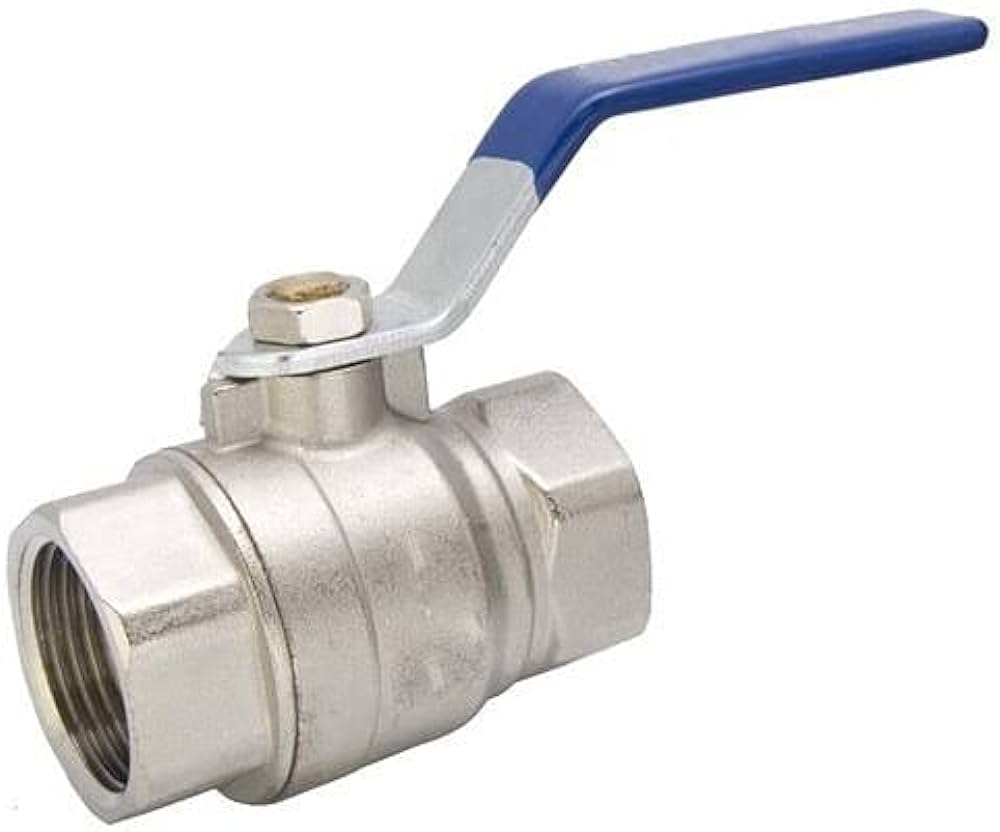
Gate Valves:
Design: Gate valves create water flow control by either elevating or lowering a gate (or wedge) inside the valve. Normally, when in use, these valves should be fully open or completely closed.
Advantages: Gate valves are great where low-pressure drop applications exist as they enable straight water flow when fully opened.

Butterfly Valves:
Design: In butterfly valves, there is a rotating disc that enables closing and opening of such a particular type. However, this disc does not leave the path of fluid but allows for quick shutting off hence suitable for larger pipes.
Advantages: These types of valves are small, light, and efficient meaning they are ideal for use in industries. In addition, they are also quite cheap and can be installed easily.
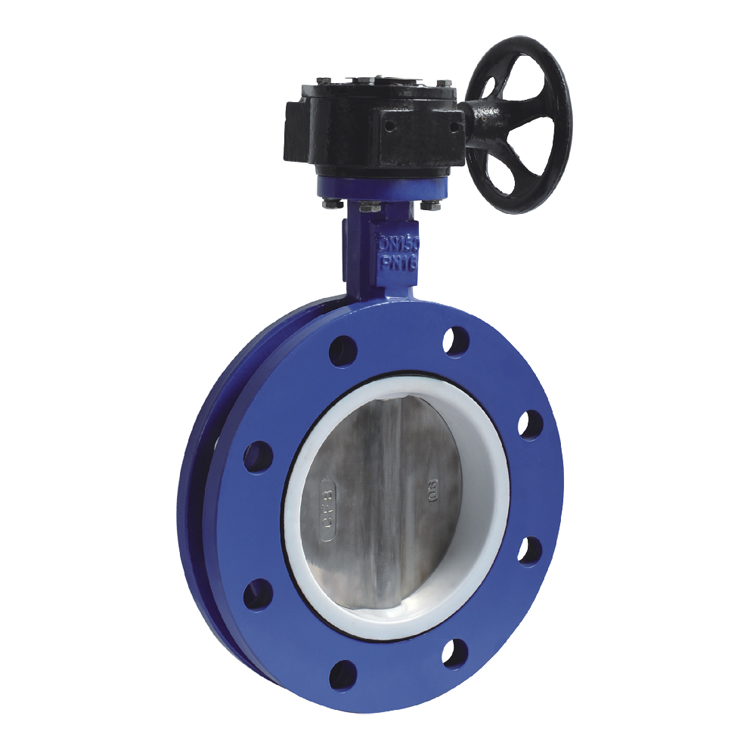
Materials Used in In Line Water Shut Off Valves
The durability as well as performance when it comes to an inline water shut off valve depends mainly on the materials used in making it. Some of these include:
Brass: Brass is often used because it is resistant to corrosion and has good ability to withstand high pressure levels. Consequently, brass valves are strong enough to serve the purpose even at extreme temperatures.
Stainless Steel: They are used where there is salty or corrosive water exposure. It is located most times in industrial setups.
PVC (Polyvinyl Chloride): PVC made shut off valves are not only lightweight but also last long because of their resistance towards rusting. As such, they have been widely employed in place of metallic ones especially for outdoor plumbing systems.
Copper: Copper-made valves have been preferred by many because of their strength property alongside natural anti microbial nature thus suitable for use in homes majorly characterized with olden designs as opposed to modern ones mostly found in other places.
Installation and Maintenance of In Line Water Shut Off Valves
Proper installation and regular maintenance will ensure that your inline water shut off valve continues working effectively overtime.
Installation Tips:
Accessibility: Place the valve somewhere accessible during emergencies or routine check-up reasons like; under the sink near a hot water tank or along mainline mains supply.
Orientation: Ensure that you install your valve according to recommendations given by the manufacturer. If not done well, you could end up with some leaks or less efficient ones.
Sealing: Leaks at the connections can be avoided by using appropriate sealing materials such as Teflon tape and pipe dope.
Maintenance Tips:
Regular Operation: This involves turning on and off the valve occasionally to find out whether it is still okay or has seized due to lack of use.
Inspection: Regularly check for any wear, corrosion, or leakage on your valves. Therefore, any malfunction should be fixed whenever noticed, especially when an emergency setting is involved.
Lubrication: Some models may need periodical greasing in order to ensure smooth functioning.
When to Replace an In Line Water Shut Off Valve
With time even the best valves wear out or get damaged hence replacing them becomes necessary. Knowing when to replace your inline water shut off valve can save you from sudden failures.
Difficulty in Operation: When you find it hard or have to put a lot of effort while turning your valve then that’s a clear indication that it needs replacement as soon as possible.
Leaking: If there is an indication of leaking around its vicinity, this means that internal seals have worn off thus demanding for alternate solutions.
Corrosion: Visible corrosion on the outside surface of a valve body or the handle structure affects their resistance properties leading either to leaking or other malfunctions.
Conclusion
Therefore, it is essential that an in line water shut off valve be incorporated into any plumbing system to provide control, safety and convenience. It does not matter whether you are carrying out a minor plumbing repair or dealing with a major emergency; being able to turn the supply of water off quickly can help prevent serious damages and save time and money. By knowing the types of valves, materials that construct them, their correct installation and maintenance, your plumbing system will remain efficient as well as reliable.


